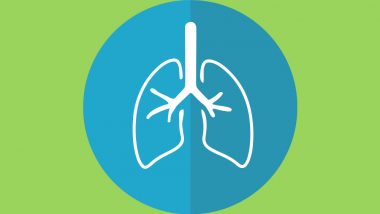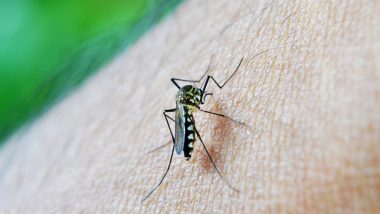Cases of Legionnaires' disease have been reported in Atlanta after five guests at the Sheraton at Courtland Street were tested positive with the lung infection, according to the Georgia Department of Public Health. However, media reports suggest that while each patient did stay at the Sheraton Atlanta hotel, there is no evidence directly linking the hotel as the source of the infection. Regardless, the hotel is shut since Monday since the air conditioning units, mist sprayers, water fountains and ice-making machines, are some of the primary breeding grounds for the Legionnaires' disease pathogen. The investigation into the matter is on. Here's what you should know about the symptoms, causes and preventive measures of the illness.
What is Legionnaires' disease?
A bacterial disease, Legionnaires' disease is a severe form of pneumonia that causes lung inflammation and usually starts with an infection. The root cause of this disease is a bacterium known as legionella and doesn't necessarily spread from person to person. However, the bacteria spreads through the mist, from air-conditioning units, fountains and ice-making machines. While anyone can get the infection, people who are more prone to the disease are adults over the age of 50.
People who have a weak immune system due to some other disease or have weak lungs due to any kind of chronic lung disease are at high risk too. People who smoke too much or have been a smoker are more prone to the disease as well. Commonly, cough, fever, chills, shortness of breath, muscle aches, headaches and diarrhoea are some of the signs of Legionnaire's disease.
A recent government report had found that one in 10 people who get sick from Legionnaires' disease. The disease infects an estimated 10,000 to 18,000 people in the United States each year.
Cause- Legionella Bacteria
Legionella is usually found in freshwater settings, including lakes, rivers, and streams. But it can also survive in soil. It often spreads through the contaminated water system in housing complexes. Although legionella is found in water, the disease is actually airborne. The bacterium is so tiny that it can hitch a ride inside tiny water droplets such as mist and water vapour.
Inhaling these droplets in the steam from a sauna or hot tub, and from there the bacterium makes its way into your lungs. Hot tubs, contaminated air conditioning units, and mist sprayers at grocery stores are prime breeding grounds for legionella if they’re not properly maintained.
Symptoms of Legionnaires' disease
The symptoms of Legionnaires' disease do not show immediately and in about two to 10 days after exposure to legionella bacteria, some flu-like symptoms develop. The disease is often confused with flu and viral infection initially.
Initial signs of Legionnaires' disease:
- Headache
- Muscle pain
- Chills
- Fever
Symptoms after 2-3rd day:
- Cough, which may bring up mucus and sometimes blood
- Shortness of breath
- Chest pain
- Gastrointestinal symptoms, such as nausea, vomiting and diarrhoea
- Confusion or other mental changes
Places That Act As Breeding grounds for Legionella Bacteria as per CDC:
- Hot tubs
- Hot water tanks and heaters
- Large plumbing systems
- Cooling towers (structures that contain water and a fan as part of centralized air cooling systems for building or industrial processes)
- Decorative fountains
Treatment and Prevention
Legionnaires’ disease can be treated with antibiotics. Doctors usually prescribe antibiotics such as fluoroquinolones, macrolides, tetracycline. However, the matter of concern is that the disease does not have any vaccines and that makes prevention a very important part of staying healthy. Maintaining water hygiene in your building or area where you stay is one of the most important parts of prevention.
(The above story first appeared on LatestLY on Jul 17, 2019 03:39 PM IST. For more news and updates on politics, world, sports, entertainment and lifestyle, log on to our website latestly.com).













 Quickly
Quickly




















